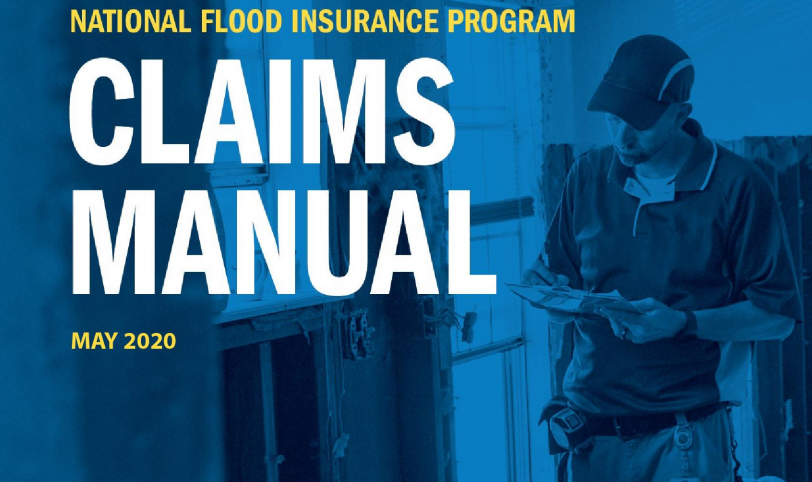The National Flood Insurance Program (“NFIP”) was implemented to assist victims of flood recover through the issuance of Standard Flood Insurance Policy (“SFIP”) under the National Flood Insurance Act (“NFIA”). The SFIPs are not grants, they require payment of insurance premiums in exchange for the coverages promised under these flood policies. Ideally, the premiums create of “pool” of money from which to draw to pay out claims. This “pool” often dries up and the federal government is called upon to fund the NFIP.
The biggest problem for SFIP policyholders, and the NFIP, appears to be that the insurer partners to the NFIP’s Write Your Own (“WYO”) program who are called to issue, administer, and if required, defend against claims made under the SFIPs, all draw from the same “pool.” For WYO defense attorneys, there seems to be no limit to the dips and draws from the “pool.”
Too often we have seen enormous, unrecoverable costs to SFIP insureds when they are forced to pursue their due and owing benefits under the SFIP policies. A recent ruling in the U.S. District Court for the Middle District of Louisiana, shows the need for serious review of the NFIP.
In Nguyen v. Hartford Underwriters Insurance Company,1 the trial court rejected two baseless insurance proceeds denial arguments presented by Hartford Underwriters Insurance Company (“Hartford”) based upon the clear language of the NFIP Claims Manual.
First, Hartford argued that the insured was not entitled to coverage for exterior sheathing on the home even though the parties agreed the home was the subjected to three feet of flood water. Hartford denied coverage for the replacement of the sheathing arguing that the insured must first show damage to the sheathing. The court rejected Hartford’s unfounded condition to coverage and directed Hartford to the NFIP Claims Manual, which unambiguously states that sheathing is covered upon proof of “mere contact with the floodwater.” The court further pointed out to Hartford that the NFIP Claims Manual specifically states that fiberboard sheathing is not resistant to water or moisture of any kind and “cannot survive the wetting and drying associated with floods.”
Second, the court rejected Hartford’s unfounded obligations imposed upon the insured, which required her to submit proof of how she spent the initial SFIP proceeds received for other flood damage before it would pay additional proceeds for her supplemental sheathing claims. The court also found the NFIP Claims Manual was clear in stating that insurers “may not deny requests for additional payment solely because the policyholder did not provide evidence that all amounts previously paid on the claim” were spent on covered flood damage.
It has been almost four and a half years since the Louisiana Great Flood of 2016, and SFIP insureds have been forced to incur enormous costs due to WYO insurer baseless denials. Here, there should have been no question to coverage and payments as the guidance was clearly spelled out for the WYO insurer. It makes one wonder, how much money was drawn from the “pool” to pay defense attorneys to assert these baseless arguments for four and a half years, as opposed to how much of a draw it would have been to properly pay the claim.
_________________________________________
1 Nguyen v. Hartford Underwriters Ins. Co., No. 17-cv-1351, 2021 WL 215492 (M.D. La. Jan. 21, 2021).




